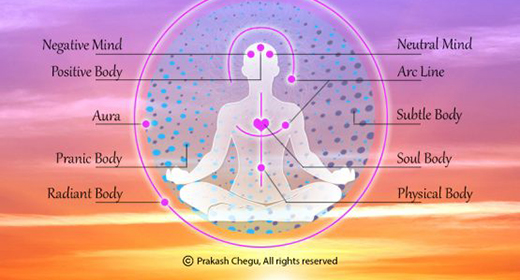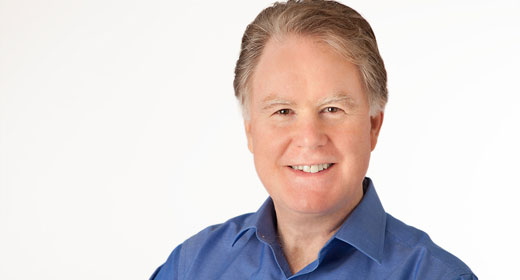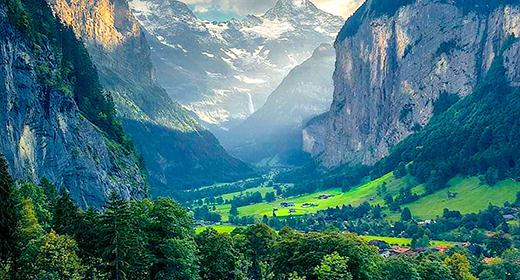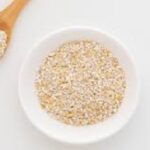by Richard Feloni: Tony Robbins guided us through his morning routine, and that included a jump into a cold plunge pool after about five minutes in an extra-hot sauna…
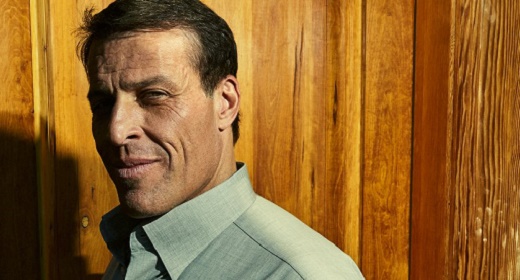
- Life coach Tony Robbins, 57, completes his morning routine with five minutes in an extra-hot sauna before jumping into a cold plunge pool.
- It’s his version of a deeply rooted Finnish tradition.
- Multiple studies have connected regular sauna use with improved heart health.
There are days when Tony Robbins, 57, will be onstage for 16 hours for one of his seminars, and he can’t get tired in front of an audience that paid hundreds or thousands of dollars to be there.
At the start of each of these days, Robbins gives himself a blast of energy by ending his workoutwith five minutes in an extra-hot, dry sauna before jumping into a cold plunge pool. He’s made the routine such an integral part of his day that he has both a sauna and cold plunge at each of his seven homes — the one exception being a river he uses instead of a pool next to his place in Sun Valley, Idaho.
There’s a popular but wrong idea that saunas are great to rid your body of “toxins,” or to sweat out a hangover, but that bit of pseudoscience doesn’t mean that regular sauna use isn’t effective. Many studies from around the world have proven that the practice improves heart health and circulation, and can improve athletic endurance.
When paired with the cold plunge, the sustained increased heart rate between two extremes essentially makes it an extension of time spent in the gym rather than a relaxing time at the spa. Its cardio benefits are why Robbins’ full-time personal trainer Billy Beck III recommended he adopt the practice, Beck explained to us in Business Insider’s recent trip to Robbins’ Fiji resort Namale, where he was hosting the winners of Shopify’s Build a Bigger Business competition.
(To be clear, both sauna and cold plunge use can be dangerous if you have certain health conditions, are taking certain medications, or are pregnant.)
It’s a slightly more intense and condensed version of a routine that’s been practiced in Finland for at least a thousand years. According to Statistics Finland, the majority of homes in the country have saunas, and the traditional way of cooling off after a session in one is with a dip into a cold body of water, even in the winter.
A sauna is ideally kept between 176-194 degrees F (80-90 degrees C), but people like Robbins who are looking for a more intense and shorter experience can stay in around 212 degrees F (100 degrees C).
In a post for author and podcast host Tim Ferriss’ blog, Rhonda Perciavalle Patrick. Ph.D., collected the findings of years of sauna research.
She explained that in such extreme conditions, the body: reduces lactic acid buildup in muscles, induces heat shock proteins and human growth hormone, and releases several other hormones like norepinephrine. The result of regular sauna use, according to Patrick, is a body that can endure more exertion and recover faster, and may also be able to lower anxiety and sharpen focus.
There is less research into the longterm effects of incorporating a plunge into water around 57 degrees F (13.9 degrees C) after sauna use, but as the North American Sauna Society notes, the transition from intense heat to intense cold causes the body to further increase its heart rate, constrict blood vessels, and induce a rush of adrenaline and endorphins. At the very least? It feels good.
As Beck noted, he has Robbins incorporate a sauna and cold plunge into his morning routine because it “improves circulation and wakes your ass up,” and the freezing plunge — regardless of any potential health effects — also “trains the mind to not hesitate but to act,” since it can be a bit scary to jump into ice cold water.
“That and we are insane — ha!” he added.



